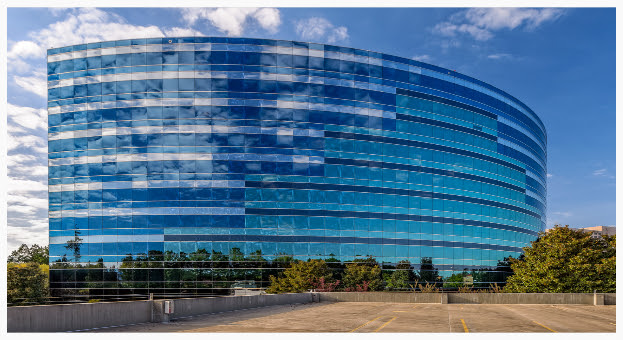
FACTORS SHAPING REAL ESTATE’S POSITIVE GROWTH THIS YEAR AND BEYOND
Hollywood – March 8, 2016
Movement away from the ‘Big Six’ cities
Many businesses have focused on six major cities for years, and individuals have followed the jobs to live in these metropolitan centers: Boston, Chicago, Los Angeles, New York, San Francisco and Washington, D.C.
However, new research from PricewaterhouseCoopers (PwC) shows “significant move away from” these 24-hour cities in favor of what the firm calls “18-hour cities.” Second-tier cities, such as Atlanta, Seattle and Charlotte, offer attractive benefits and services, but at a lower cost than larger metro areas. The PwC study found:
“…a greater interest in second-tier metropolises, particularly because many have become ‘18-hour cities,’ due to their ability to provide services nearly round the clock. Unlike 24-hour cities, such as New York, they are able to operate on these extended hours without significantly running up the cost of living and doing business.”
In addition to lower costs, these second-tier cities boast attributes that are attractive to savvy investors, from concentrations of major corporations and key industries to business-friendly policies. Curbed reported on the PwC findings, saying:
“…in addition to having a hipness factor, [second-tier] cities…benefit from lower costs of living, the increasing ease of staying connected far from main hubs, more upside from affordable and available investment opportunities, and increasing sophistication from realtors and investors.”
More renters in all age groups
We reported on this trend in our February 2016 newsletter and more news reports confirm that greater numbers of people are choosing to rent vs. buy. Curbed summed it up nicely with this statement:
“The concept of homeownership may be experiencing a significant, and serious, shift. Rates of homeownership has dropped from roughly 70 percent before the Great Recession, to 63.5 percent in the second quarter of 2015. What’s striking is that the shift is seen across the board in all age groups.”
MoneyTalks reported that the number of renters age 50 and older increased 50 percent between 2005 and 2015, and that age group now accounts for 15 million renters nationwide. In years past, renters were expected to be young adults, but now “the majority of renters in the United States are age 40 or older,” reports Krystal Steinmetz for the article.
Older adults are choosing to rent for a variety of reasons, including lower maintenance, flexibility, accessibility of amenities and lifestyle factors, and fears about debt and foreclosure.

Evolving office space needs
With the economic recovery comes new jobs and additional demand for office space. In addition, many companies are embracing open floorplans or co-working concepts, which has led to a spike in redevelopment projects. Overall, according to ULI reports, office vacancies are down 90 base points while “rents are increased 2.9 percent year-over-year, trends that look certain to continue in 2016.”
CBRE reports “strengthening demand and limited development” in the U.S. office market, which will “push vacancy rates down to almost their 2006-2007 pre-recession low points.”
Recovery in the office market, according the CBRE 2016 outlook report, is due in large part to the technology sector in all regions around the globe. Each region’s ability to attract tech companies varies according to its strengths, which means:
“In the U.S., the picture is more nuanced. Suburban markets that offer a favorable business climate and strong amenities – as well as some cost discount – are all able to compete for occupiers against downtown locations.”
That above insight again points to a move away from big city centers, allowing smaller cities and suburban areas with strong business climates to attract new office tenants. At PointOne, we have seen the effects of that shift in our suburban office properties located in Birmingham and Atlanta.

